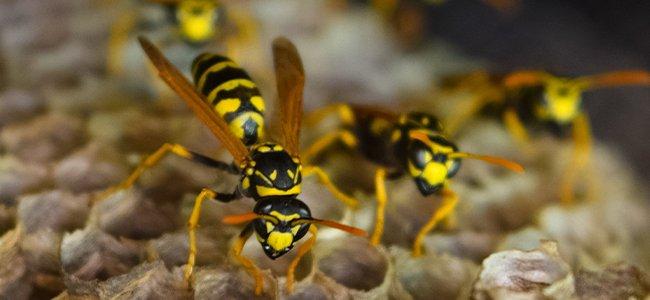
How To Keep Wasps Away From Your Washington D.C. Yard
08/23/2021
Stinging insects are extremely dangerous pests here in Washington D.C. For aggressive varieties such as wasps, home and business owners find themse...
READ MORE >
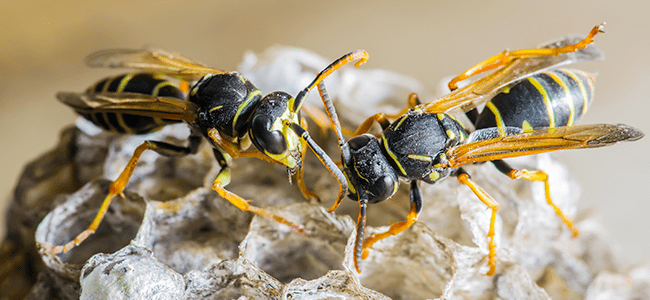
Stinging insects can show up in the strangest of places and, when they do, it is hard not to be completely focused on their presence. All it takes is one wasp, hornet, or bee to bring everything to a halt, especially if you're indoors. No one can be comfortable until the invading insect is dealt with.
It is a little different when we're outside. We might put up with a wasp or bee buzzing around us while we're enjoying a cookout or spending some time in the garden. But, one stinging pest can turn into dozens or even hundreds in a short period of time. Here is a quick guide to limit stinging insects in your yard this summer and some tips to avoid being stung.
If you have fewer stinging pests in your yard, there will be less chance of being stung. The best way to do this is to have a pest management professional perform routine inspections and do a routine removal of nests on your property. But there are some things you as a homeowner can do to limit stinging pests.
Here are some ways you can reduce the bugs that stinging insects eat.
Whether you are in your yard, or out somewhere in nature, there are some things you can do to avoid being stung.
You have an ecosystem around your home. The best way to address all the pests in that ecosystem is to partner with a pest management professional. Your PMP will remove nests and reduce stinging pests, inspect and treat for the bugs those pests eat, and guide you in practical measures you can take to make your yard and your family less inviting to pests. For more information, or to establish a pest control plan for your property, give us a call today to get started.

08/23/2021
Stinging insects are extremely dangerous pests here in Washington D.C. For aggressive varieties such as wasps, home and business owners find themse...
READ MORE >
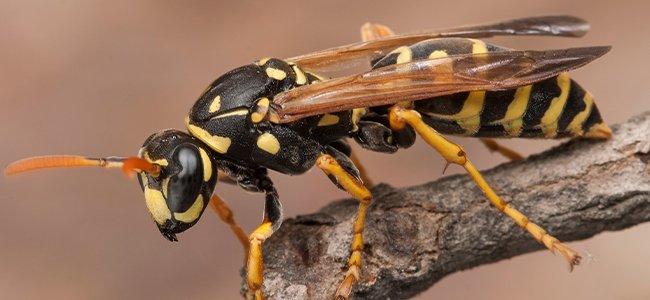
06/27/2021
Some pests are so harmless that you almost feel bad for getting rid of them. Wasps, on the other hand, only cause relief when they’re gone. S...
READ MORE >
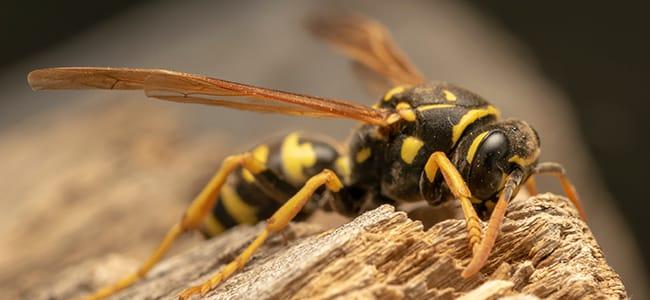
04/09/2021
Keeping your yard a safe and pleasant place to spend time, free of wasps and hornets, doesn’t just happen by itself. It takes thought and act...
READ MORE >
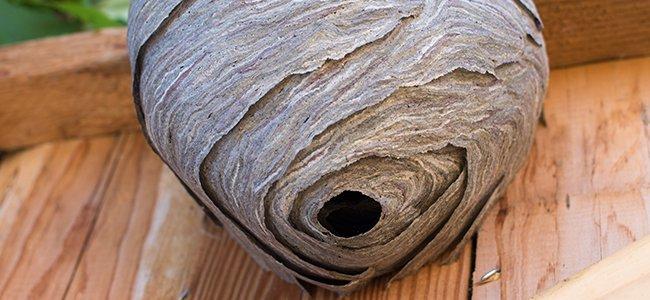
09/30/2020
Spending time in your Maryland yard is one of the best things about living here. Whether you’ve created a backyard oasis or enjoy rocking on ...
READ MORE >

Protect your home and family from nuisance and potentially damaging pests with a Preferred Care home pest control plan. Starting at $49/month

Don't let the bed bugs bite a second longer. Contact American Pest for the most comprehensive bed bug control in the industry. Learn More

Our certified rodent control pros will put an end to your frustration by getting rid of rats and mice inside your home. Learn More

Say goodbye to wood-destroying termites in your home when you contact American Pest for expert termite control. Learn More

Trust American Pest to deliver professional backyard tick control services that are guaranteed to get results. Learn More

Don't spend the warm-weather season indoors, find out how American Pest's professional treatments get rid of mosquitoes. Learn More
Fill out the form and recieve feedback in less than 5 minutes. For immediate service please call.